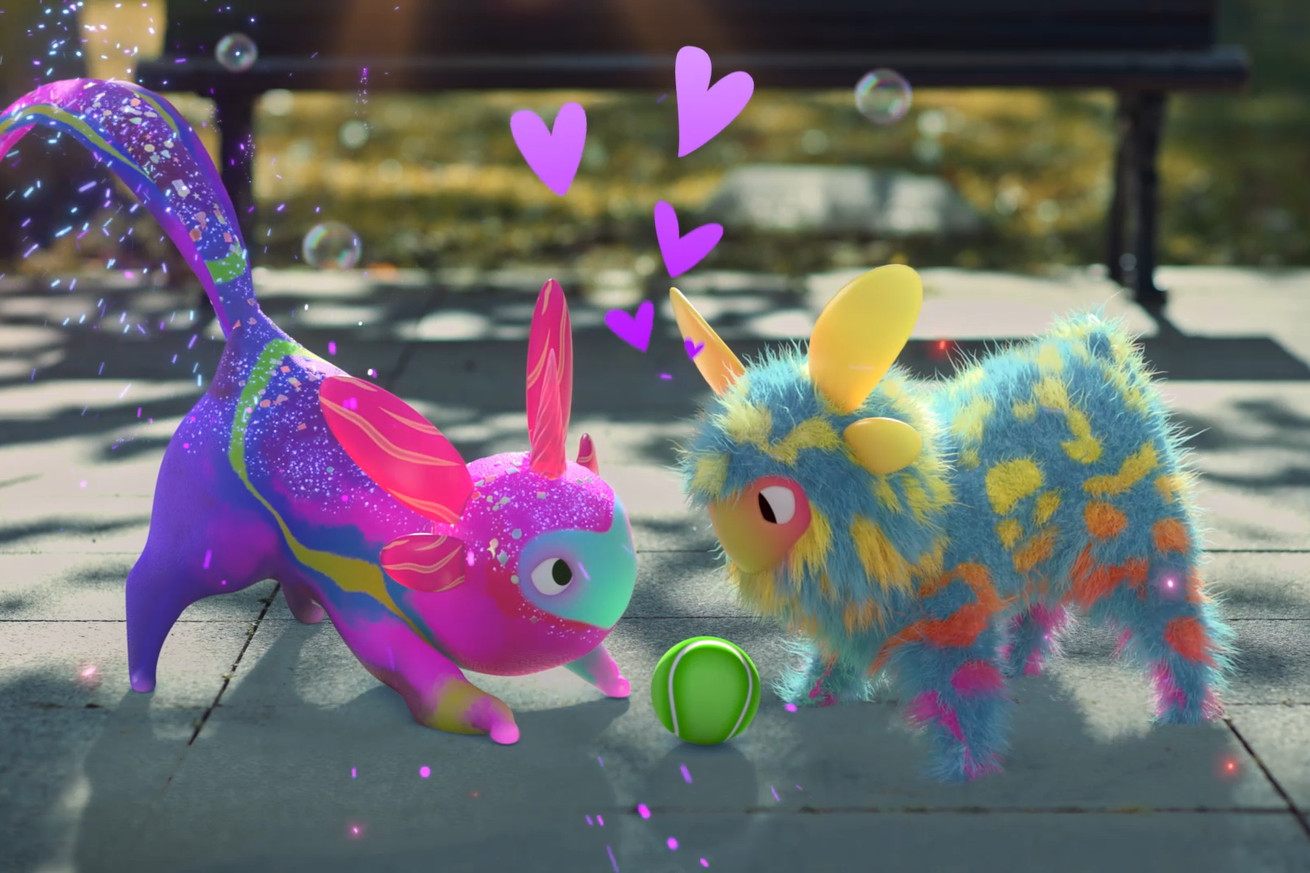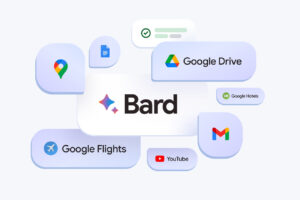Niantic’s Peridot Introduces Generative AI to Enhance Pet Behavior
Niantic, the creators of popular AR games like Pokémon Go, has announced a new update for their augmented reality pet game, Peridot. The update incorporates generative AI technology to make the game’s adorable aliens, known as Dots, behave more like real-life cats.
The Process Behind the AI Integration
With the latest update, Niantic’s algorithm will analyze real-world objects captured through players’ phone cameras. These objects will then be converted into words and fed into a customized version of Meta’s Llama 2 program, a powerful language model.
In addition to object analysis, each Dot in the game has its own distinct personality profile, similar to the varying natures of Pokémon. These profiles are also taken into account and processed by the language model to determine how a Dot with a specific personality would interact with the objects in its surroundings.
Creative and Intelligent Responses from the Dots
Thanks to the integration of generative AI, the Dots in Peridot are now capable of responding intelligently to their environment. By consulting the language model, the game can generate appropriate behavior for each Dot, based on its personality and the captured objects.
For instance, a Dot with an adventurous personality might be inclined to climb bookshelves or explore hidden corners of the game world. Conversely, a shy Dot might prefer to hide under furniture or seek out cozy spots. These AI-driven interactions provide players with a richer and more immersive experience.
Collaboration Between Meta and Niantic
The partnership between Niantic and Meta is evident through the use of Meta’s Llama 2 program in Peridot. Niantic has made custom modifications to the language model to ensure it aligns with the specific requirements of the game and produces the desired pet-like behaviors.
This collaboration highlights the potential of combining augmented reality, generative AI, and pet simulation, introducing new realms of innovation within the gaming industry. It also sets the stage for exciting advancements in future games and applications.
Conclusion: A Leap Towards Realistic Virtual Pets
The incorporation of generative AI into Peridot marks a significant development in the realm of lifelike virtual pets within augmented reality gaming. By analyzing real-world objects and incorporating personality profiles, the Dots in Peridot can now interact with their environment in a manner that closely resembles real cats.
This AI-driven feature adds depth and realism to the gameplay, enabling players to form a stronger bond with their virtual pets. It creates a sense of companionship and immersion that mirrors the experience of owning a real-life pet.
Niantic’s collaboration with Meta underscores the potential of combining cutting-edge technologies to enhance gaming experiences. The fusion of augmented reality, generative AI, and pet simulation opens up limitless possibilities for innovation and imaginative gameplay.
As the gaming industry continually evolves, we can anticipate further advancements in AI-driven interactions and the creation of even more realistic virtual pets. Niantic’s Peridot paves the way for a new era of captivating and lifelike augmented reality games.




